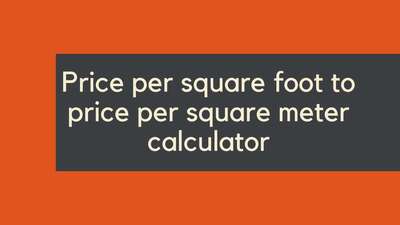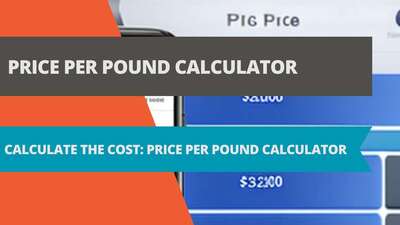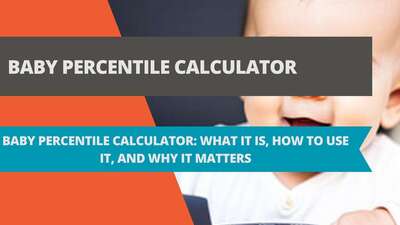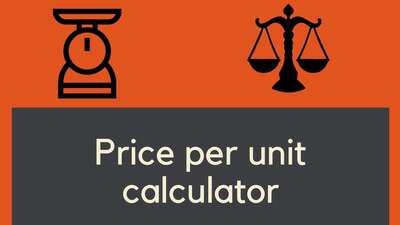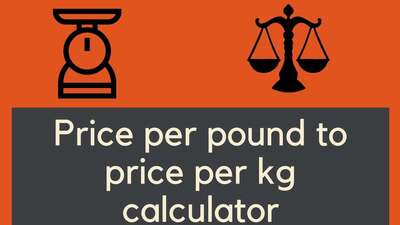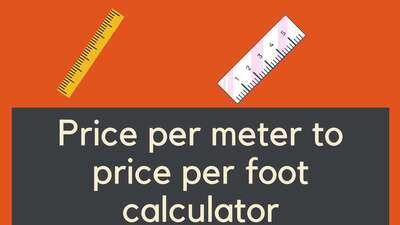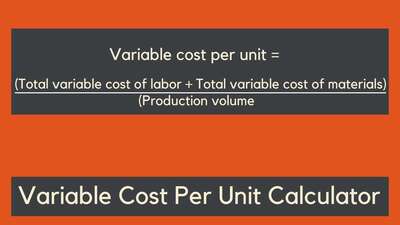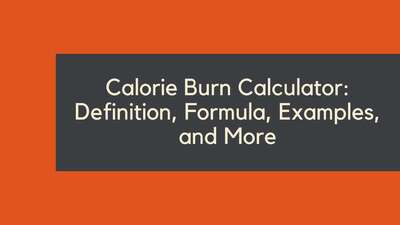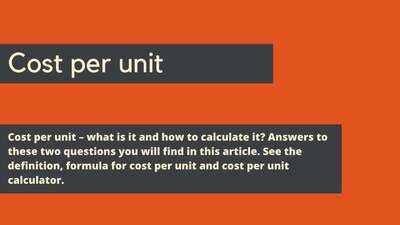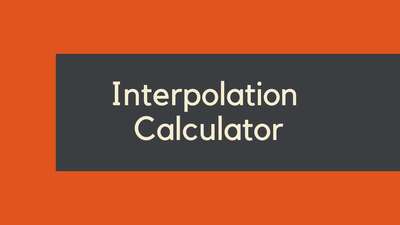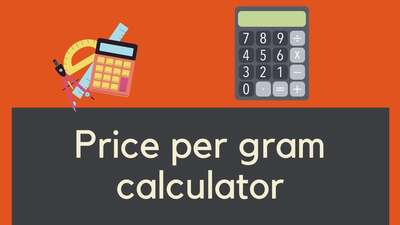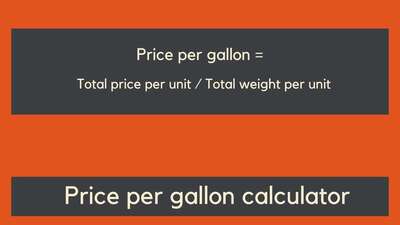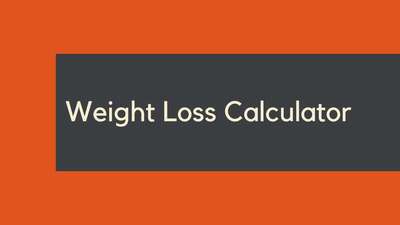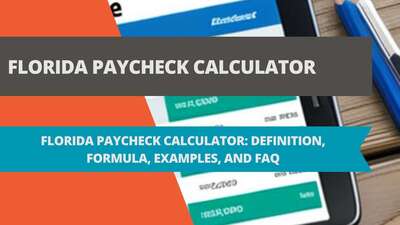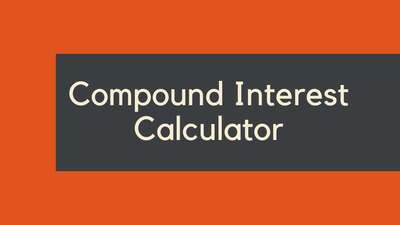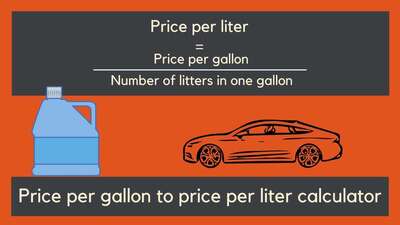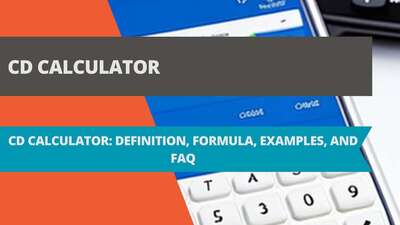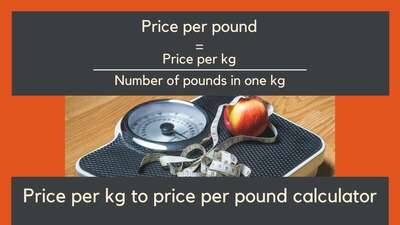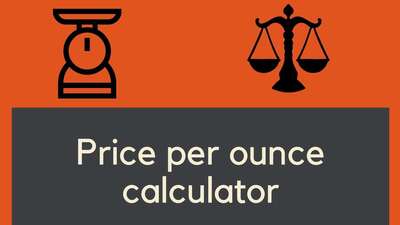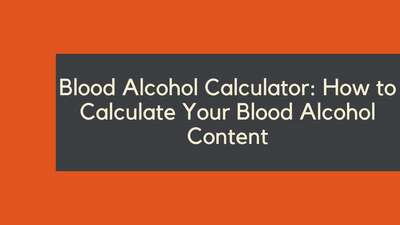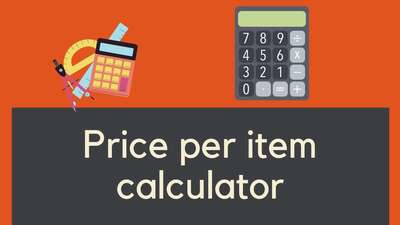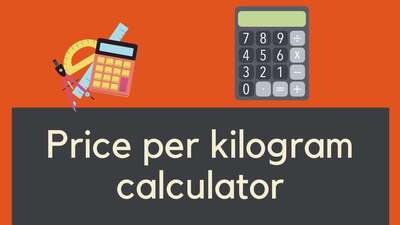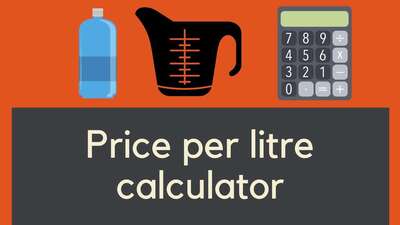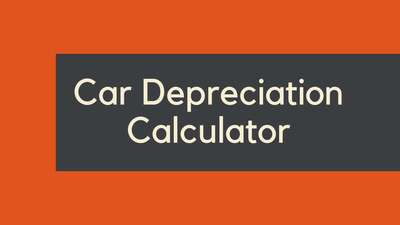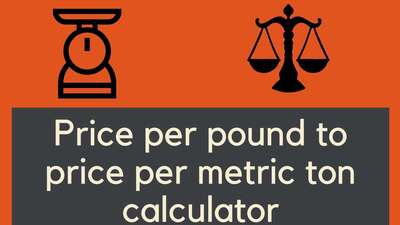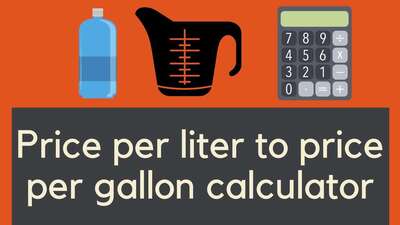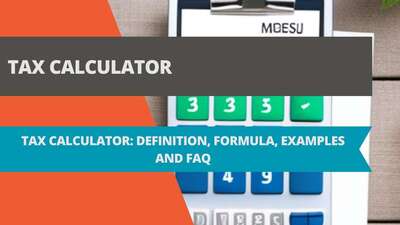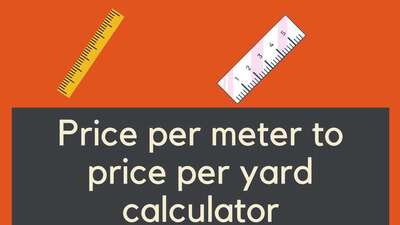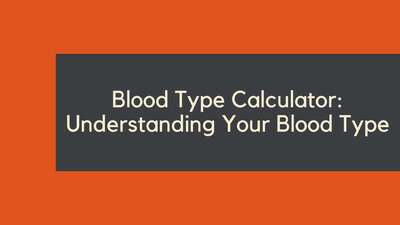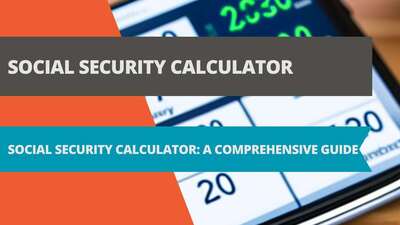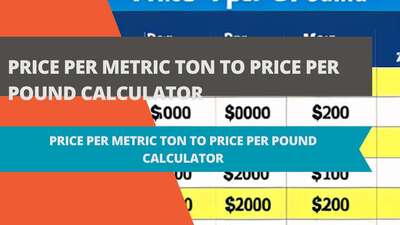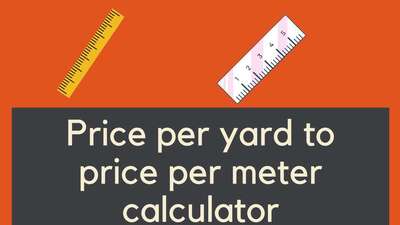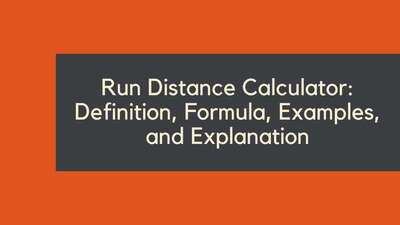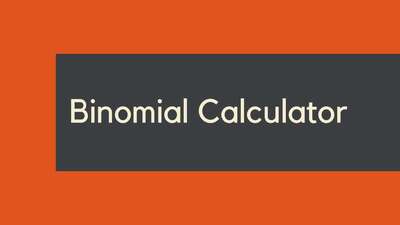Percentage Calculator: Definition, Formula, Examples, and FAQ
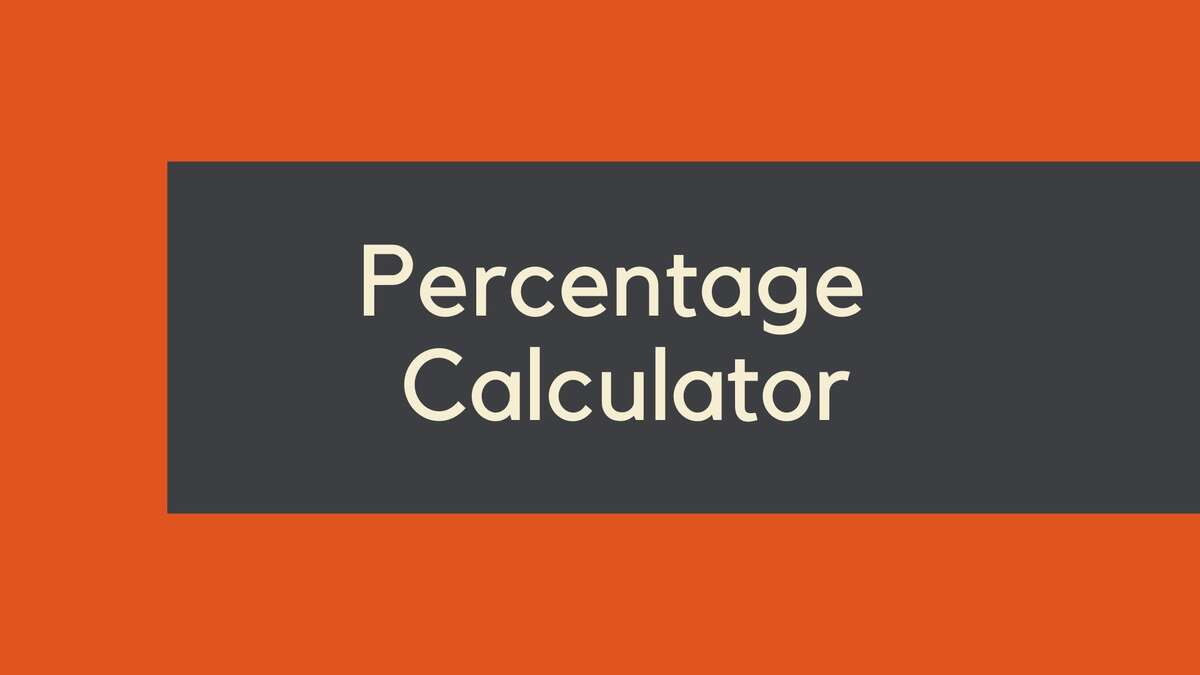
- Definition of Percentages
- Formula for Calculating Percentages
- Examples of Calculating Percentages
- Example 1:
- Example 2:
- Explanation of Percentages
- Question and Answer (FAQ) Section
- What is a percentage?
- How do you calculate percentages?
- What are some common uses for percentages?
- Can percentages be greater than 100%?
- How do you convert a decimal to a percentage?
- How do you convert a percentage to a decimal?
- What is the difference between percentage and percentiles?
- The Evolution of Percentage Calculations
- Understanding the Importance of Percentage Accuracy
- The Digital Shift: Percentage Calculators
- Misconceptions About Percentages
- Teaching Percentages to the Next Generation
- Conclusion
Calculating percentages is a fundamental mathematical skill that we use in our daily lives. Whether you're calculating a discount, a tip, or determining the percentage of a grade, a percentage calculator can be a useful tool. In this article, we will discuss the definition of percentages, how to calculate them, and provide examples to help you better understand the concept. Additionally, we will answer some frequently asked questions about percentages.
Definition of Percentages
Percentages are a way of expressing a number as a fraction of 100. The word "percent" means "per hundred," so when we use percentages, we are expressing a portion of a whole as a fraction of 100. For example, if we say that 25% of a class received an A, we are saying that 25 out of 100 students received an A.
Formula for Calculating Percentages
The formula for calculating percentages is:
Percentage = (Part / Whole) x 100%
Where:
- Part: The number that represents the part of the whole.
- Whole: The number that represents the whole.
For example, if we want to calculate what percentage of 50 is 20, we can use the formula as follows:
Percentage = (20 / 50) x 100% = 40%
Therefore, 20 is 40% of 50.
Examples of Calculating Percentages
Let's look at some examples of how to calculate percentages:
Example 1:
If 40 out of 100 students received an A, what percentage of students received an A?
Solution:
Percentage = (40 / 100) x 100% = 40%
Therefore, 40% of the students received an A.
Example 2:
If the original price of a shirt is $20 and it is on sale for $16, what is the percentage discount?
Solution:
Percentage = ((20 - 16) / 20) x 100% = 20%
Therefore, the shirt is on sale for a 20% discount.
Explanation of Percentages
Percentages can be used to represent a variety of things, such as proportions, ratios, and rates. They are commonly used in finance, science, and everyday life. Understanding percentages is important because it allows us to make comparisons and evaluate the significance of data.
For example, if a company's revenue increased from $1 million to $1.5 million, we could say that the revenue increased by 50%. This tells us that the increase was significant, and we can use this information to make business decisions.
Question and Answer (FAQ) Section
-
What is a percentage?
A percentage is a way of expressing a number as a fraction of 100. It is commonly used to represent proportions, ratios, and rates.
-
How do you calculate percentages?
To calculate a percentage, use the formula: Percentage = (Part / Whole) x 100%. Where Part is the number that represents the part of the whole and Whole is the number that represents the whole. For example, if you want to calculate what percentage of 50 is 20, you can use the formula as follows: Percentage = (20 / 50) x 100% = 40%. Therefore, 20 is 40% of 50.
-
What are some common uses for percentages?
Percentages are commonly used in finance, science, and everyday life. Some common uses for percentages include calculating discounts, tips, grades, proportions, and rates.
-
Can percentages be greater than 100%?
No, percentages cannot be greater than 100%. A percentage represents a portion of a whole as a fraction of 100, so the maximum percentage is 100%.
-
How do you convert a decimal to a percentage?
To convert a decimal to a percentage, multiply the decimal by 100%. For example, if you have a decimal of 0.75, you can convert it to a percentage as follows: 0.75 x 100% = 75%. Therefore, 0.75 is 75%.
-
How do you convert a percentage to a decimal?
To convert a percentage to a decimal, divide the percentage by 100. For example, if you have a percentage of 75%, you can convert it to a decimal as follows: 75% ÷ 100 = 0.75. Therefore, 75% is equivalent to 0.75 as a decimal.
-
What is the difference between percentage and percentiles?
Percentages and percentiles are both ways of expressing proportions, but they are used in different contexts. Percentages are used to express a proportion of a whole as a fraction of 100, while percentiles are used to express the position of a value in a distribution. Percentiles are often used in statistics and are used to compare a particular value to other values in a dataset.
The Evolution of Percentage Calculations
From the ancient scrolls to the digital screens of today, the way we calculate percentages has seen a remarkable transformation. Percentages, in their rudimentary form, have been an integral part of human civilization for millennia.
Ancient civilizations, with their intricate trade systems and barter exchanges, often used basic methods to calculate proportions. These age-old techniques were the foundation upon which our contemporary percentage system is built. Civilizations such as the Egyptians, Greeks, and Romans had their unique approaches to dealing with ratios and proportions, which served as the precursors to modern percentage calculations.
The Renaissance era, a period marked by a revival of art, culture, and commerce, further refined the concept of percentages. With the era's heavy emphasis on trade, economics, and the dissemination of knowledge, percentages became a crucial tool for many. Merchants, traders, and even scholars found percentages invaluable in their work. The versatility of percentages made them a favored tool, allowing for more accurate financial transactions and clearer representation of data.
As we transitioned into the modern age, societies around the globe began to become more complex, and with this complexity came an increased dependence on data. This data-driven nature of contemporary societies only amplified the significance of percentages. Today, percentages permeate every facet of our lives, from finance and commerce to academia and daily decision-making, underscoring their continued importance in an ever-evolving world.
Understanding the Importance of Percentage Accuracy
In the realm of mathematics and real-world applications, the precision of numbers holds profound significance. When it comes to percentages, this precision is not just a matter of correctness but can impact outcomes in tangible ways.
For businesses, the accuracy of percentage calculations is more than just numbers on a paper. A minor error or oversight in percentage calculations can have ripple effects. Imagine a corporation's financial forecasting being off by even a small percentage; it can translate to substantial financial discrepancies. Such miscalculations can affect stock values, investor confidence, and even the company's bottom line. Hence, businesses often invest in rigorous training for their employees and sophisticated software tools to ensure that percentage calculations are spot-on.
In academic settings, percentages often carry the weight of a student's aspirations. A slight misjudgment in computing a percentage can be the difference between a passing and failing grade. Moreover, in competitive academic environments, where rankings and GPAs determine opportunities, the precision of percentage calculations can directly influence a student's academic trajectory and future prospects.
Given the high stakes in both professional and academic worlds, it's imperative to approach percentage calculations with diligence. Whether manually computing or using digital aids, one should always double-check to ensure accuracy. By being meticulous and using reliable tools, we can minimize potential errors, misunderstandings, and the associated consequences, thereby upholding the integrity of our calculations.
The Digital Shift: Percentage Calculators
The technological revolution, marked by rapid advancements in digital tools and platforms, has reshaped many facets of our daily lives. One such transformation is the shift from manual to electronic computation methods.
Historically, percentage calculations were carried out manually, often requiring paper, pencil, and a good grasp of mathematical principles. This process, while effective, was prone to human errors and took a considerable amount of time. With the digital age dawning upon us, there was a paradigm shift in how these calculations were performed.
The digital calculators emerged as a game-changer. Available in various forms, from dedicated electronic devices to apps on smartphones and computers, these tools revolutionized percentage calculations. No longer did one need to meticulously jot down numbers or perform mental arithmetic. With a few taps or clicks, instant and accurate results were at one's fingertips. This not only made the task quicker but also significantly reduced the margin for human error.
Moreover, the ubiquity of these digital tools democratized the process, making percentage calculations accessible to everyone, regardless of their mathematical proficiency. From students in classrooms to professionals in boardrooms, the convenience of digital percentage calculators has been universally acknowledged and appreciated.
As we continue to embrace the digital era, these calculators stand as a testament to the confluence of technology and mathematics, simplifying tasks and empowering individuals in their academic, professional, and personal endeavors.
Misconceptions About Percentages
In the world of mathematics, percentages are fundamental, yet they are often surrounded by a myriad of misconceptions. Many individuals, even those who consider themselves mathematically adept, sometimes fall prey to common misunderstandings about how percentages work.
One particularly prevalent misconception is the belief that if a value increases by a certain percentage and subsequently decreases by the same percentage, it will revert to its initial value. This myth can lead to incorrect calculations and unexpected outcomes. To illustrate, consider a scenario where a product's price is raised by 10%. If it is later decreased by 10%, some might assume the product's price will return to its original state. However, this assumption is erroneous.
Here's why: If a product originally costs $100, a 10% increase would add $10, making the new price $110. If we then apply a 10% decrease to the new price of $110, we subtract $11 (10% of $110), resulting in a final price of $99 — not the original $100.
This example underscores the importance of basing percentage calculations on the correct reference value. In the above scenario, the decrease is computed on the increased price, not the original price.
Addressing and rectifying these and other misconceptions about percentages is vital. Doing so ensures that individuals can confidently and accurately apply percentages in various real-world applications, from finance to shopping, without inadvertently making costly errors.
Teaching Percentages to the Next Generation
In today's data-driven world, the understanding of percentages is more critical than ever. Educators, being the torchbearers of knowledge, bear the responsibility of ensuring that the next generation is well-equipped with this essential mathematical concept.
One effective approach in teaching percentages is the use of real-world examples. By presenting students with everyday scenarios — such as discounts during shopping, calculating interest rates, or determining the fat content in food — teachers can make the abstract idea of percentages tangible and meaningful. This method not only reinforces the concept but also demonstrates its practical utility in daily life.
"When students can relate mathematical concepts to their experiences, they are more likely to grasp and retain the knowledge," says an education expert.
Furthermore, the digital age presents an array of interactive tools that can further enhance the learning experience. From smartphone apps to online simulators, these tools offer engaging ways for students to practice and visualize percentage calculations in various contexts.
In addition to hands-on practice, it's equally vital to discuss the broader implications of percentages in modern professions. Teachers can inspire students by showcasing how percentages play a pivotal role in fields like finance, health, social sciences, and even arts. Whether it's stock market analysis, medical research findings, or demographic studies, the relevance of percentages is ubiquitous, underscoring their indispensable nature in the contemporary world.
In conclusion, by combining traditional teaching methods with modern tools and real-world examples, educators can foster a deep and lasting understanding of percentages, preparing the younger generation for the challenges and opportunities of tomorrow.
Conclusion
Calculating percentages is a crucial mathematical skill that we use in our daily lives.to calculate discounts, grades, proportions, and rates. By understanding the formula for calculating percentages and practicing with examples, you can become proficient in using percentages for various applications. With the help of a percentage calculator, you can quickly and easily perform percentage calculations without the need for manual calculations.
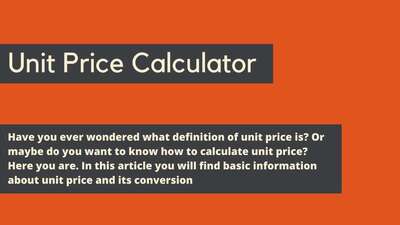


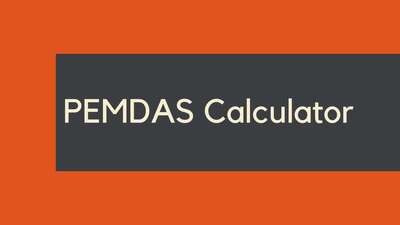

![Car Loan Calculator: Definition, Formula, Examples, and FAQs [2023 Guide]](/images/page/400/car-loan-calculator-13.jpg)
